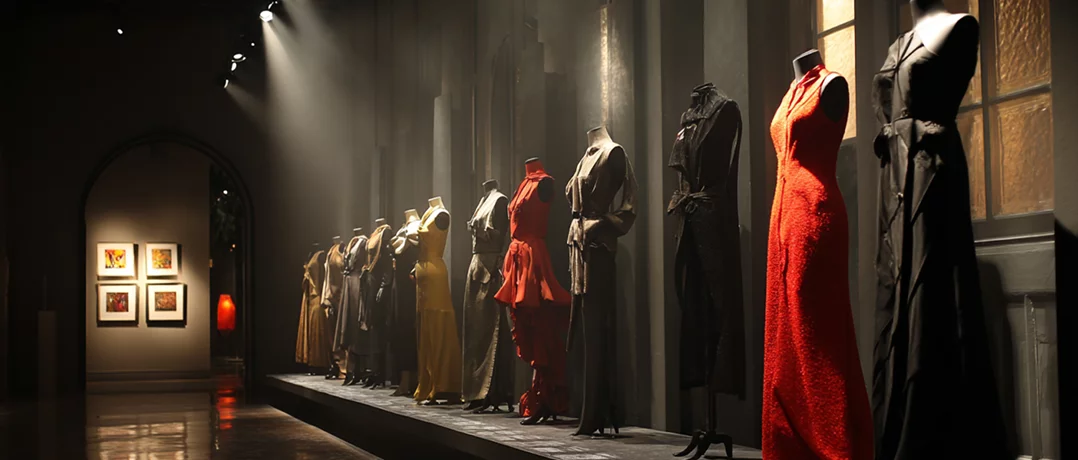Archival fashion empowers celebrities and stylists, emphasizing cultural memory, exclusivity, and sustainability over brand marketing.
Why archival fashion is booming

Archival fashion is no longer a niche interest reserved for collectors and museums. It is everywhere: on red carpets, in film premieres, and across major cultural moments, worn by celebrities who are choosing history over corporate fashion. The surge in vintage and archival pieces marks a significant shift in the way fashion operates, away from brand-driven marketing cycles and toward personal storytelling, cultural memory, and exclusivity.
For decades, red carpets were dominated by new season looks delivered straight from fashion houses, functioning as extensions of advertising campaigns. But when a celebrity wears archival, the rules change. They are no longer promoting a brand’s latest launch or fulfilling a contractual obligation. And they are no longer dressed to fit into a commercial narrative curated by a fashion conglomerate.
Instead, the power moves to a different ecosystem: stylists with deep historical knowledge, vintage dealers with access to rare pieces, and private collectors who hold garments that no longer exist anywhere else. This redistribution of influence signals a broader cultural fatigue with mass-produced luxury. As global brands expand and commercialize, the idea of what is “exclusive” has become diluted. Archival fashion restores that scarcity.
The power of exclusivity
In a moment when most luxury items can be bought instantly, vintage offers what new fashion often cannot: true singularity. Stylists have built careers around sourcing pieces that carry cultural weight: a Tom Ford-era Gucci dress, a ‘90s Versace runway look, or a forgotten archive gown reintroduced into the spotlight. These garments do more than look good. They carry stories. Wearing archival becomes a way for celebrities to author their own image. It signals discernment, education, and intention, traits that align with the rise of “quiet influence,” where cultural capital matters more than price tags.
As fashion cycles accelerate and new collections are pushed at unprecedented speeds, archival fashion functions almost like a protest. It critiques disposability and repositions clothing as art, not content. Rediscovering a piece from the ‘80s or ‘90s situates the celebrity within a lineage of designers, eras, and movements, creating a visual continuity that new-season pieces often lack. Wearing a rare runway garment can imply a connection to fashion’s legacy, a nod to the history that shaped today’s aesthetics. And as interest in sustainability grows, archival fashion aligns seamlessly with the desire for longevity and meaningful consumption.
Fashion’s power dynamics
The archival boom ultimately reflects a rebalancing of power within fashion’s ecosystem.
Celebrities want autonomy. Stylists want creative freedom. Collectors want recognition.
And audiences want authenticity. Archival fashion delivers all three, while challenging an industry built on constant novelty. In a world saturated with newness, the most radical choice has become simple: wear something that already exists and carries a story worth telling.



